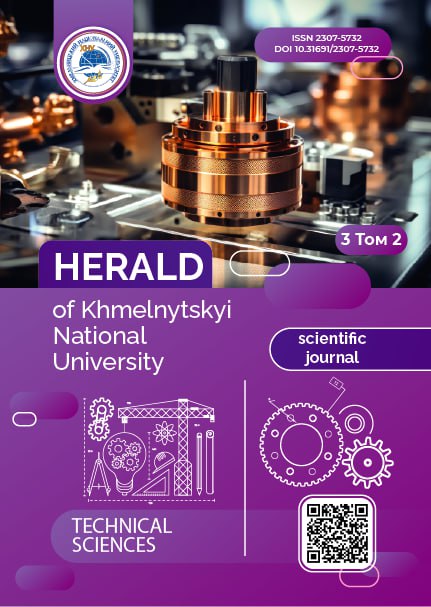COMPARISON OF PRIMARY PROCESSING METHODS OF TECHNICAL HEMP: EFFICIENCY AND ENVIRONMENTAL ASPECTS
DOI:
https://doi.org/10.31891/2307-5732-2025-353-46Keywords:
industrial hemp, primary processing, chemical treatment, mechanical treatment, ecological technologiesAbstract
The development of monoecious non-narcotic hemp varieties with improved yield potential in Ukraine has stimulated research into optimal processing methods for industrial fiber extraction. Despite these advancements in breeding, conventional mechanical processing often fails to yield fibers with properties adequate for further industrial applications. Recent studies, including those by K. Palanikumar et al., emphasize that mechanical methods such as decortication can isolate bast fibers but often produce inconsistent results due to fiber damage and residual rigidity. This highlights the necessity for alternative or hybrid processing approaches that improve fiber quality while minimizing environmental impact.
This article aims to evaluate and compare primary processing methods for hemp fiber, focusing on their effectiveness, ecological sustainability, and potential for industrial implementation. Mechanical, chemico-mechanical, physicomechanical, and combined methods are analyzed. While traditional mechanical methods are economically favorable, they yield coarse, partially damaged fibers suitable mainly for blended textile applications. Chemico-mechanical processing facilitates better fiber individualization and improves tactile and physical properties but raises environmental and safety concerns. Physicomechanical and enzymatic treatments allow for selective removal of non-cellulosic components and preservation of fiber microstructure, although energy consumption remains a limiting factor.
Combined methods that integrate chemical, mechanical, and thermal treatments demonstrate the highest fiber strength (up to 98%), reduced processing time, and enhanced ecological performance. For instance, the application of deep eutectic solvents in tandem with microwave irradiation improves fiber crystallinity and thermal stability, while effectively removing lignin and hemicellulose. These findings suggest that combined eco-friendly processing schemes represent a promising direction for sustainable hemp fiber valorization.
Downloads
Published
Issue
Section
License
Copyright (c) 2025 ОЛЕКСІЙ БАБЮК, ВАЛЕНТИНА ЄВТУШЕНКО (Автор)

This work is licensed under a Creative Commons Attribution 4.0 International License.

